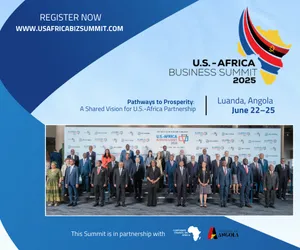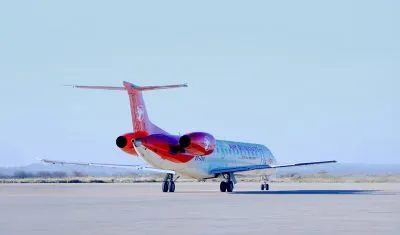A number of greenfield city projects have been proposed or are already under development in some parts of the continent. Eko Atlantic in Nigeria is perhaps the most famous of them but others include Kigamboni City in Dar es Salaam, Tatu City in Nairobi, Hope City in Accra and Cité le Fleuve in Kinshasa.
Another joined the list in April when China’s Shanghai Zendai Property announced plans for Modderfontein New City in northern Johannesburg. Located close to the business centre, Sandton, and Oliver Tambo International Airport, Modderfontein would be developed on a 1,600 hectare site with housing for 100,000 people. The land was bought from South African explosives company AECI last year for R1bn ($96m).
Total investment is estimated at $8bn, although this will be spread over at least 15 years, with just R3bn ($289m) spent on infrastructure over the next three years.
Unlike many similar projects, Shangahi Zendai aims to start with residential development and then move on to business real estate. Homes, schools and leisure facilities will be provided in the first phase, with offices and a light industry park to follow.
Chinese investment in and around Johannesburg is increasing and a number of Chinese shopping malls and centres have been built over the past five years, filled with Chinese shops selling mainly low-cost Chinese goods. As a result, it has been suggested by some that many of the Chinese already living in South Africa could move to Modderfontein. Such an ethnic enclave is surely the last thing that racially divided South Africa needs at this time.
Michael Berkowitz of the Rockefeller Initiative says that Eko Atlantic “hopes to mitigate both the problem of flooding, with debatable protective barriers like a 35-foot-tall seawall, and the problem of growth, by using the extension as a site for new apartments. However, considering that the recent floods occurred after most of the project had been completed, the ultimate effectiveness of the project remains to be seen”. Floods hit what is the biggest city in West Africa in 2012.
However, such ventures have attracted growing levels of criticism over the past year, including from a number of academics, who fear that they will merely exacerbate the disconnect between different levels of society. No government takes into account the millions of urban poor and the fact that their numbers are set to continue growing through high birth rates and inward migration.
There are likely to be 400m more people in Africa’s towns and cities in 2050 than there are today. In addition, little attention is paid to the relocation of people who live in informal settlements where these new cities are to be constructed. Such forced removals have caused huge controversy in China and India in recent years.
In a recent paper for the Africa Research Institute, Professor Babatunde Agbola of the University of Ibadan and Professor Vanessa Watson from the University of Cape Town state: “The fantasy designs for African cities win awards.
Typically, they nod in the direction of the needs of shack-dwellers and purport to embrace other laudable aims. But the implementation of plans that are unsustainable in the extreme and inappropriate in terms of climate, available infrastructure – particularly power – and affordability, exposes their shortcoming. Master plans in sub-Saharan Africa – old and new – are almost always drawn up by central governments. They are usually ‘top-down’ impositions informed by an anti-urban, anti-poor stance among political leaders.”
They argue that such plans are usually drawn up by international architectural and engineering companies, with contracts awarded to other international firms. However, Watson is even more critical of what appears a far more integrated plan – the transformation of the entire city of Kigali – although criticism here appears driven by the plan’s massive ambition. She says: “The master plan for Kigali, where 80% of the inhabitants live in informal settlements, is one of the most far-fetched examples – complete with glass-box towers, landscaped lawns and free-ways. It even features a replica of ‘The Gherkin’, a skyscraper in the financial district of London.”
Clearly, there are two distinct views of the development of African cities – with international observers looking for ‘sustainability’ while African governments and the private sector more enthusiastic about ‘dream cities’. Which view will prevail? Perhaps it is instructive to learn that most of the world’s great cities began in exactly the same way, at the same stage of development, as African cities today – architectural splendour often in the midst of dire poverty.
Want to continue reading? Subscribe today.
You've read all your free articles for this month! Subscribe now to enjoy full access to our content.
Digital Monthly
£8.00 / month
Receive full unlimited access to our articles, opinions, podcasts and more.
Digital Yearly
£70.00 / year
Our best value offer - save £26 and gain access to all of our digital content for an entire year!

 Sign in with Google
Sign in with Google 





